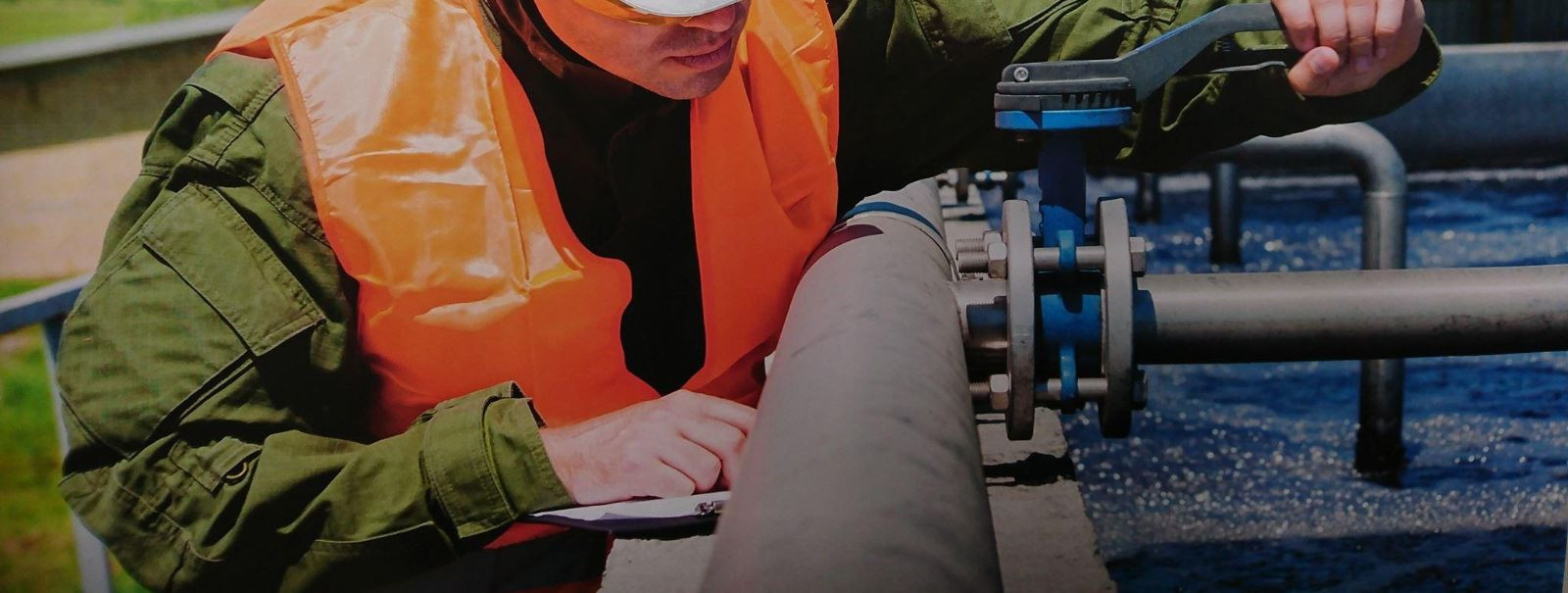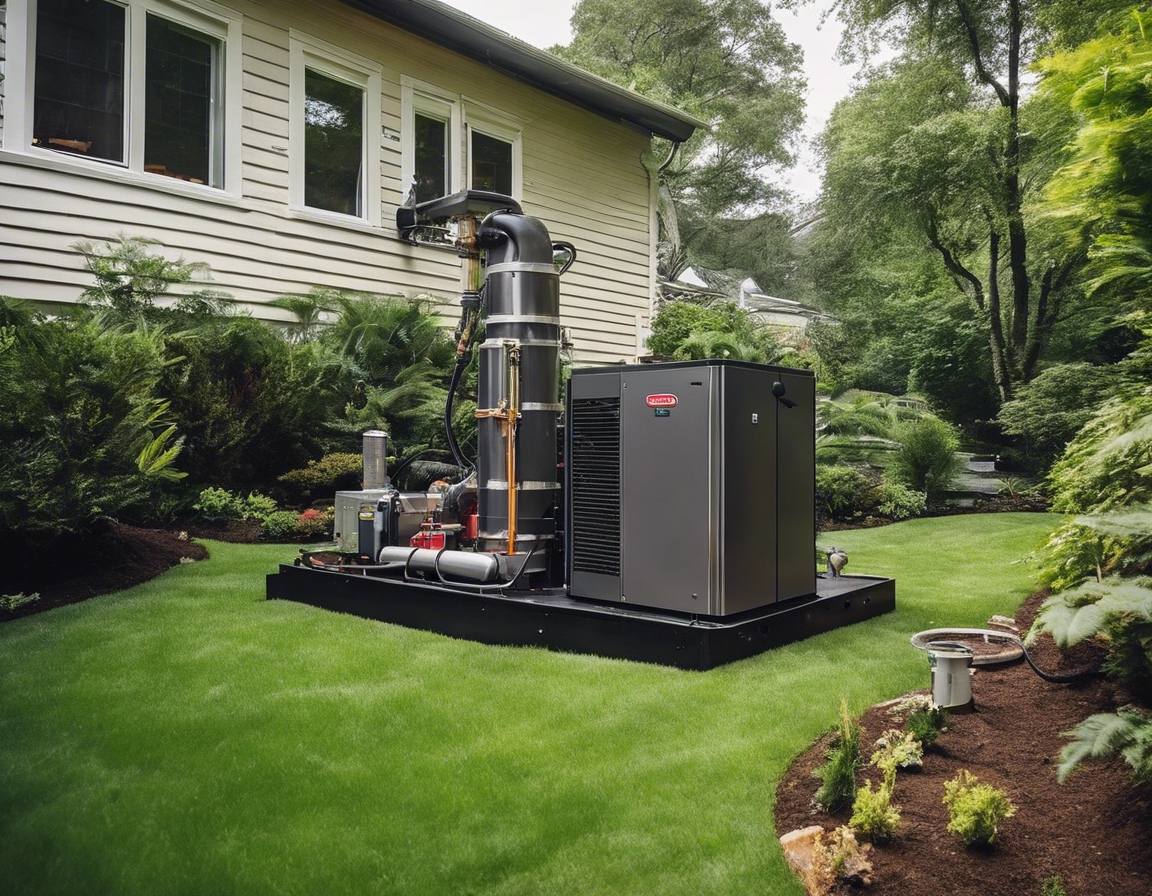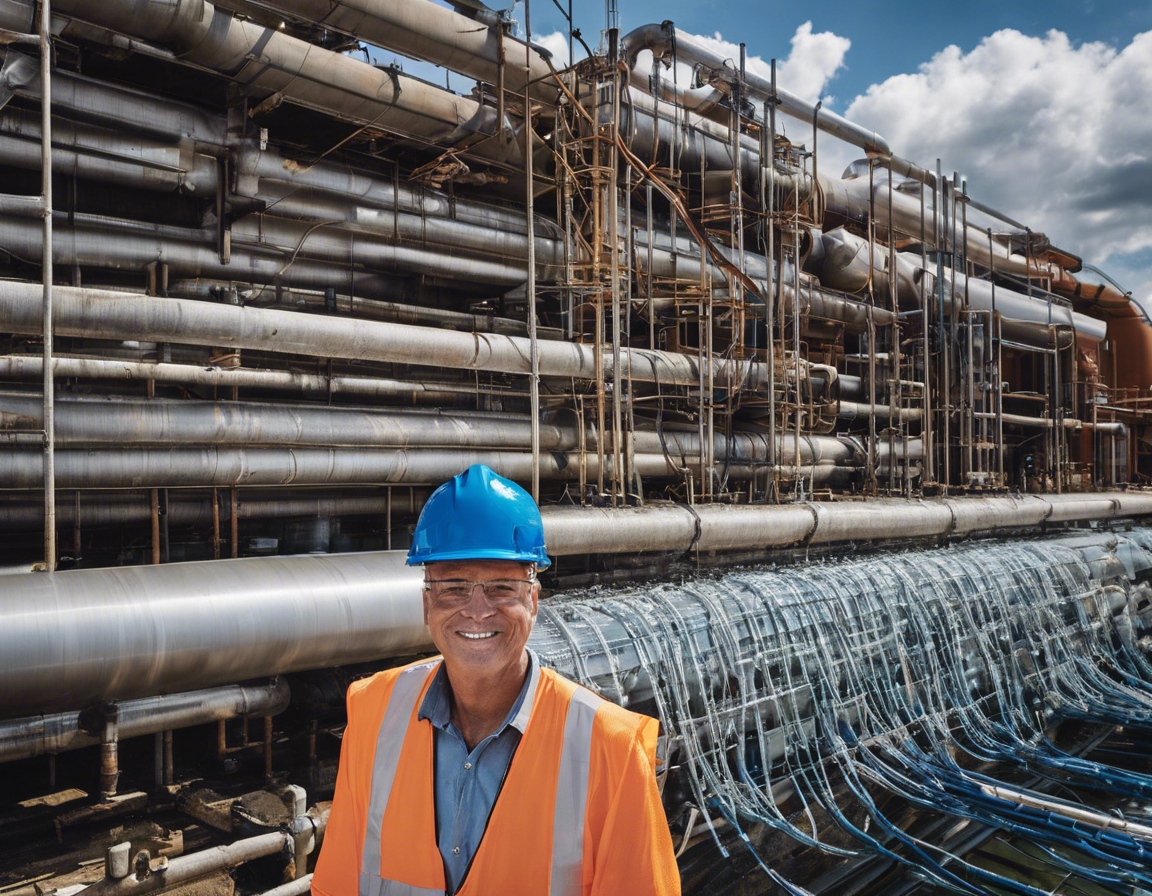Maximizing efficiency with geothermal heating
Geothermal energy is a sustainable and renewable energy source that harnesses the heat from the earth's core. This energy is abundant and consistent, making it an ideal resource for heating and cooling applications.
Geothermal heating systems offer numerous advantages, including lower operating costs, reduced environmental impact, and increased energy efficiency. They provide a reliable source of heat that is not subject to the volatility of fossil fuel markets.
How Geothermal Heating Works
Geothermal heating systems utilize the stable temperature of the ground, which remains constant throughout the year, to heat and cool buildings. This is achieved through a series of pipes installed below the frost line where the temperature is consistent.
The main components of a geothermal heating system include the heat pump, the heat exchanger, and the distribution system. Together, these elements work to extract heat from the ground and distribute it throughout a building.
Types of Geothermal Heating Systems
Open loop systems utilize groundwater from a well as a direct energy source. Water is pumped through the system, absorbs heat, and is then returned to the ground.
Closed loop systems circulate a water-antifreeze solution through a sealed network of pipes buried in the ground. Heat is transferred between the solution and the ground, and then to the building.
Installation Process
Before installation, a thorough site assessment is conducted to determine the suitability of the location for a geothermal system. Factors such as soil composition, land availability, and local geology are considered.
Professional engineers design the geothermal system to meet the specific needs of the building and ensure optimal efficiency. This includes calculating the required system size and layout.
The installation process involves drilling, trenching, and the placement of the geothermal loops. Once installed, the system is integrated with the building's existing HVAC system.
Costs and Savings
While the upfront cost of a geothermal heating system can be higher than traditional systems, various incentives and rebates can help offset the initial investment.
Geothermal systems have lower operating costs and can result in significant savings on energy bills. The return on investment is realized over time through reduced energy consumption and maintenance costs.
Maintenance and Longevity
Geothermal heating systems require minimal maintenance, typically involving periodic checks and filter changes. This simplicity contributes to the overall cost-effectiveness of the system.
Geothermal systems are known for their durability and can last for decades with proper maintenance. The underground components have a lifespan of up to 50 years, while the indoor components can last up to 25 years.
Environmental Impact
By utilizing a clean energy source, geothermal heating systems significantly reduce greenhouse gas emissions compared to fossil fuel-based systems.
Geothermal energy is a key component in the move towards sustainable and renewable energy solutions. It provides a stable and eco-friendly option for heating and cooling needs.






Comments (0)